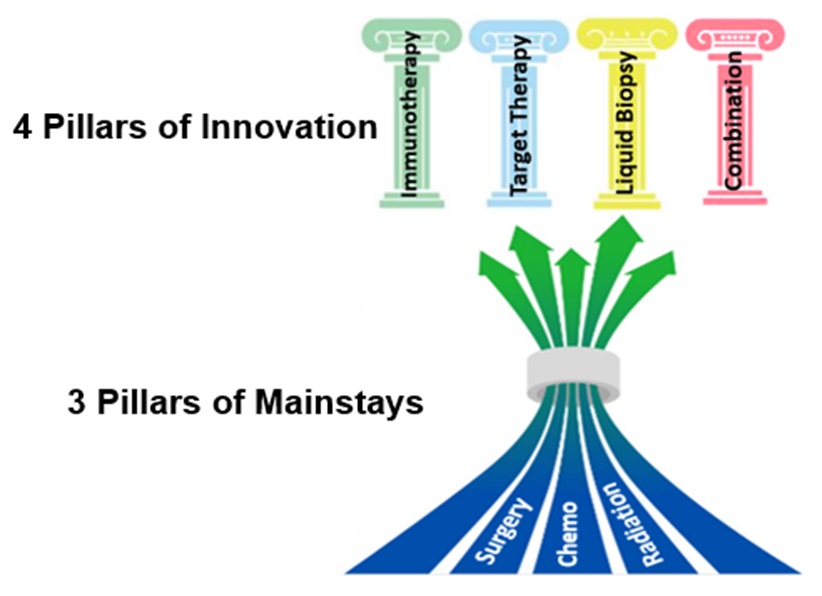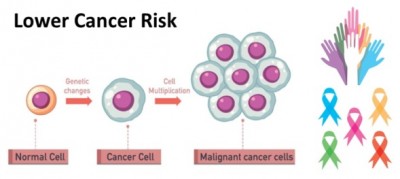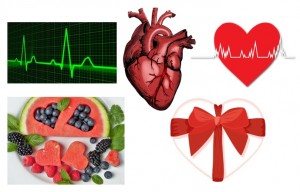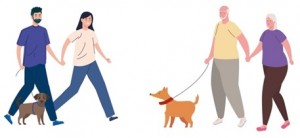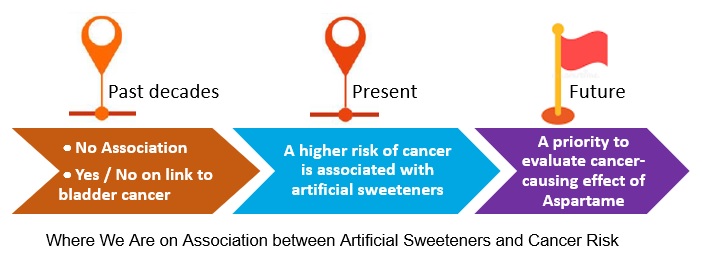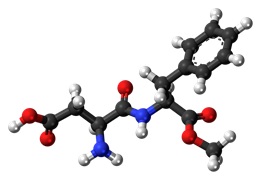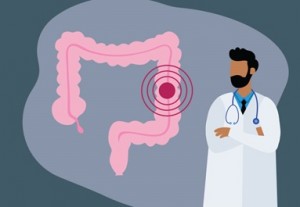 Holiday traditions are not just festive in spirit; they are memory in action. From decorating the tree to singing carols, from gift shopping to laughter echoed from the dining room, these rituals strengthen the neurological pathways that hold our dearest memories.
Holiday traditions are not just festive in spirit; they are memory in action. From decorating the tree to singing carols, from gift shopping to laughter echoed from the dining room, these rituals strengthen the neurological pathways that hold our dearest memories.
But for millions affected by neurological diseases, these pathways are disrupted; this specifically happens in the hippocampus, the neocortex, and the amygdala—areas where our memories are stored in the brain. During a conversation about memory decline, a friend of mine asked me if there is any relationship between dementia and brain cancer. This is a great and complex question!
I’d like to share some key scientific insights here by clearly detangling various layers of information, while bridging oncology and neurology.
A memory deficit and/or cognitive decline is a common denominator in dementia and brain cancer.
Surely, dementia and brain cancer share more than a commonality of memory impairment, including some genetic background and an increased risk of the two diseases with age. Various lines of research evidence indicate a direct link between dementia and cancer, though the exact mechanisms remain unclear.
But we are going to focus on memory. Pathophysiological processes in memory are both complicated and closely intertwined, but their disruption can have detrimental consequences. Dementia and brain cancer are separate conditions; each has a distinct pathology. However, in these patients, symptoms are overlapping, with shared impacts including:
- Episodes of cognitive decline and memory loss: I’m sure that you know or have heard how cognitive dysfunctions affect the daily life of people with dementia. Depending on the location and size, brain tumors and chemo- or radiation-therapy-induced brain injury can also impair cognitive function, memory, and decision-making.
- Changes in behaviors and personality: Both conditions can cause significant changes in mood, behavior, and personality, which mimic symptoms of neurogenerative disorders.
Dementia results from dysfunctions of neurons and their connections in certain brain regions, whereas brain tumors may distort and destroy the brain, leading to dementia. Chemo- and radiation-therapy for brain cancer can also induce cognitive impairment. After all, these diseases alter brain functions and cause brain damage.
What causes memory decline or loss?
Both dementia and brain cancer share some cellular and molecular pathways involving neuroinflammation—i.e., inflammation of the nervous tissue in the brain and spinal cord. Neuroinflammation is a driver of neurotoxicity; it has been linked to memory loss and cognitive disorders such as Alzheimer’s disease, the most common type of dementia.
When neuroinflammation occurs after infection, injury or stroke, it can elevate levels of pro-inflammatory markers. Subsequent inflammation may set the brain “on fire”, which slows down neurons’ connections, resulting in symptoms from brain fog to profound and prolonged memory deficit or loss.
Furthermore, inflammation itself predisposes the growth of cancer and promotes all stages of cancer development. Tumors themselves also negatively impact brain functions.
Of course, what we mentioned above are complex diseases that are caused by a combination of genetic, environmental, and lifestyle factors.
How can we protect and preserve the memories that matter most?
In brief, a healthy lifestyle matters. Here are 10 cost-effective strategies:
- Eat an anti-inflammatory, nutritious diet. In particular, Omega-3 rich foods help lower neuroinflammation and inhibit brain cell death. Its neuroprotective effect can contribute to better brain health.
- Engage in physical activity, and keep moving, as exercise can boost memory.
- Reduce stress and enhance mindfulness to ensure your mental well-being.
- Minimize exposure to air pollutants, toxic chemicals, heavy metals, and pesticides.
- Spend more time in natural environments, which can help support your immunity.
- Make the quality of your sleep a priority.
- Prevent gastrointestinal infection or gut inflammation, as pathogens—via the gut–brain axis—alter the blood brain barrier (BBB) to favor neuroinflammation.
- Avoid traumatic head injury, as such injury often disrupts BBB and increases the risk of brain inflammation.
- Limit alcohol consumption.
- Quit tobacco smoking.
As you can see, living a healthy lifestyle is critical to preserving our memories while we can!
An extra note –
Because of the association between cancer and dementia, we need to screen early for dementia in cancer survivors. Likewise, the onset of cognitive symptoms in older adults may initially be misdiagnosed as dementia. However, imaging results often reveal brain tumors as the underlying cause; therefore, it’s important to differentiate between the two conditions.
To sum up and raise greater awareness –
This holiday season, let’s explore how science, love, and compassion can offer hope to those who struggle with memory or cognitive challenges. Meanwhile, please provide the above strategies to others to help them protect their memories of joyful and happy moments.
Wishing you a wonderful holiday season and the best of 2025!
Image credits: Pixabay; CancerPreventionDaily

